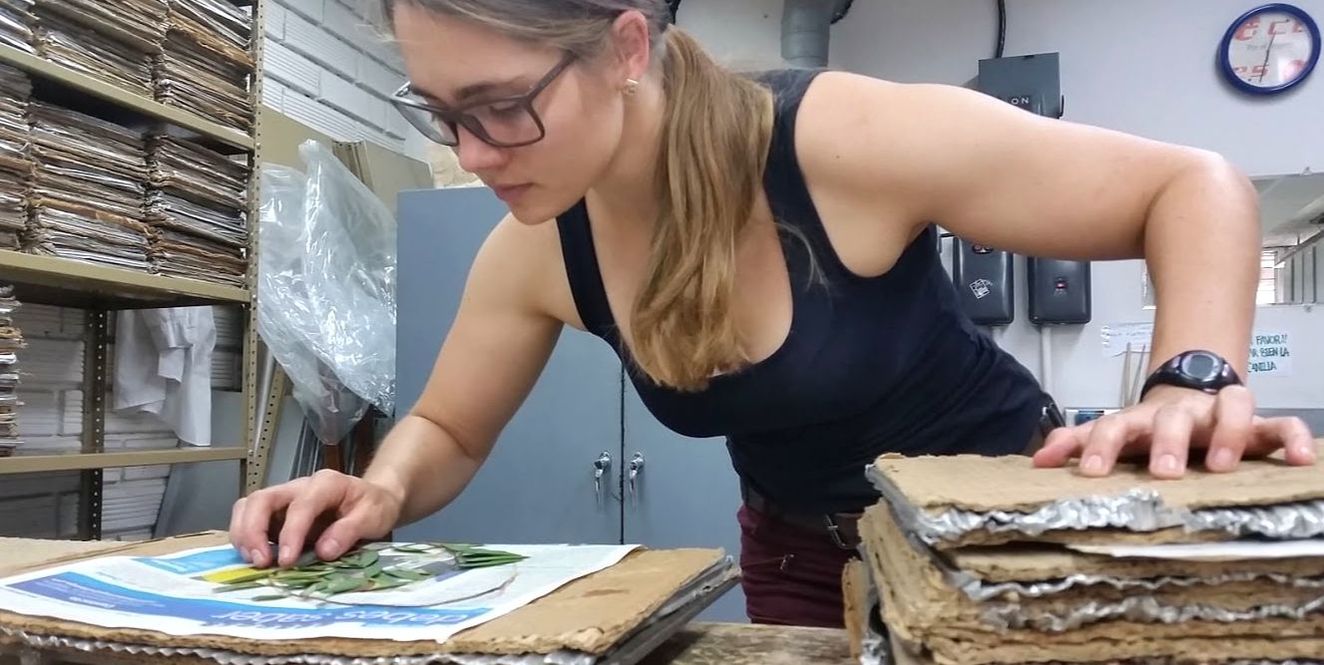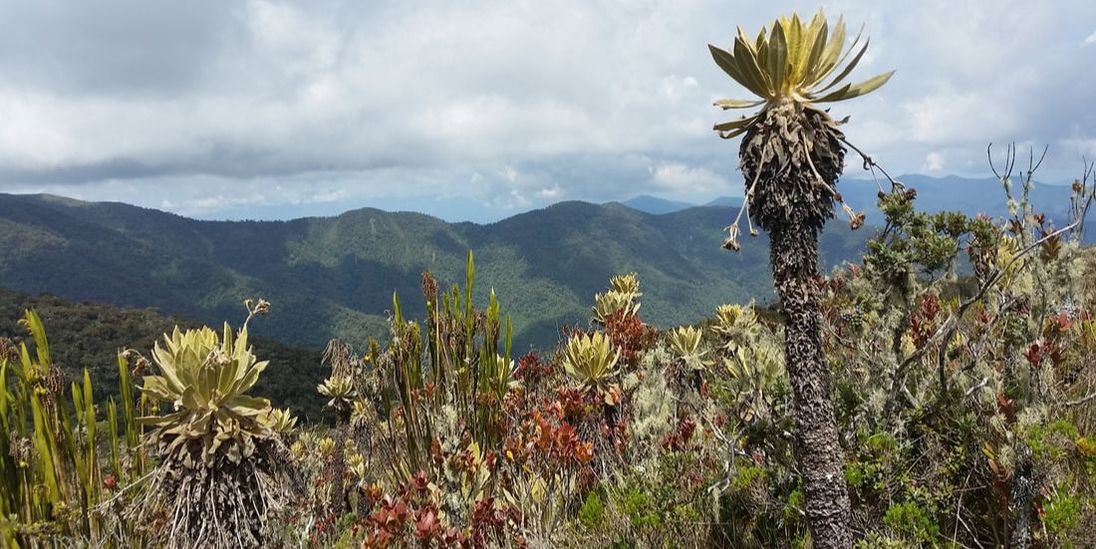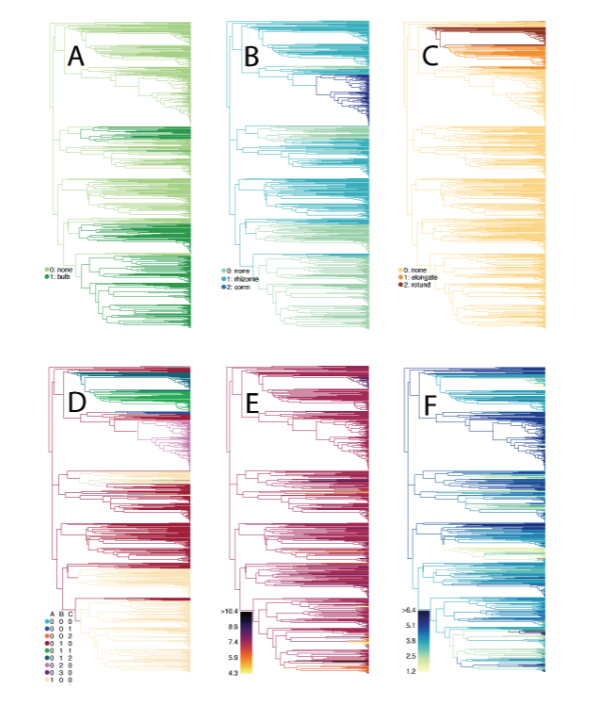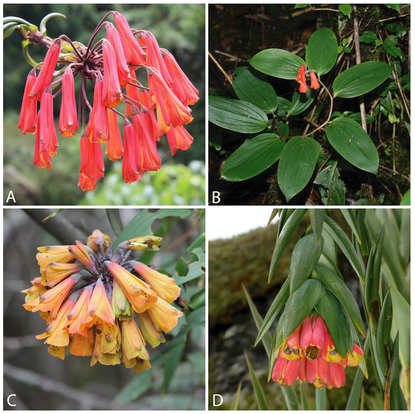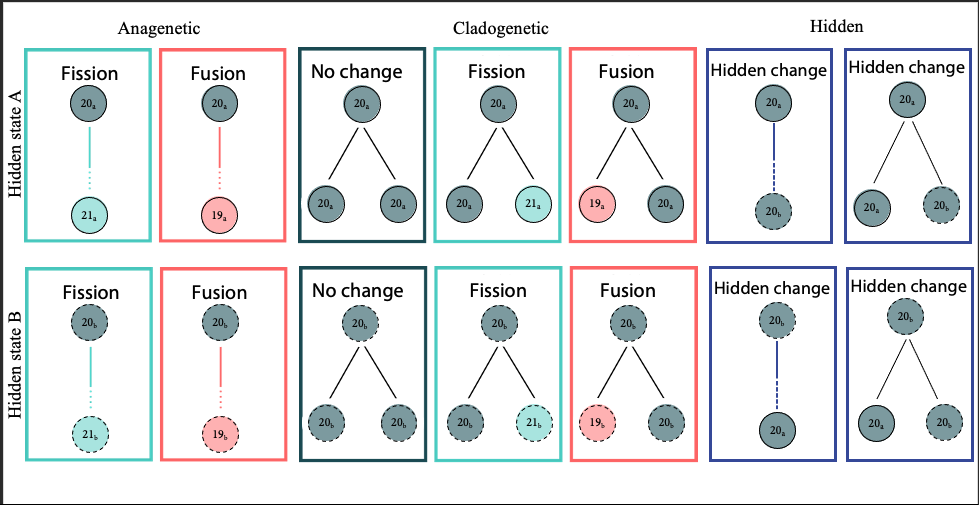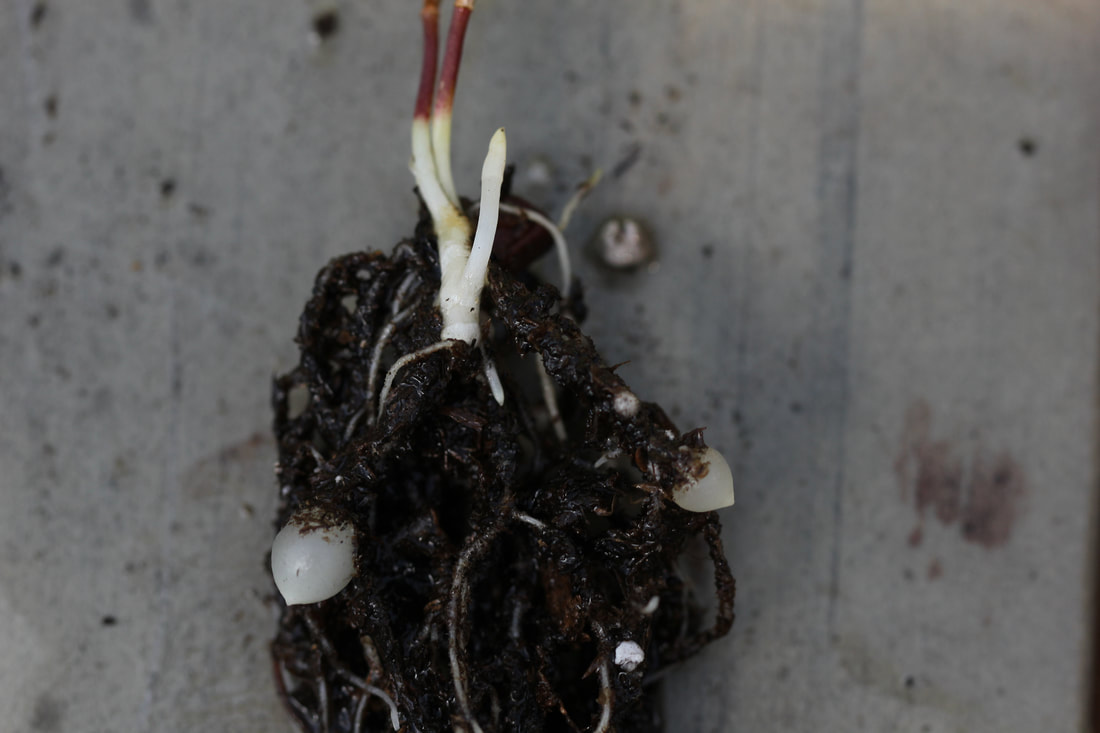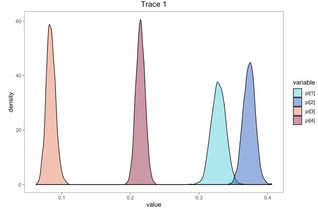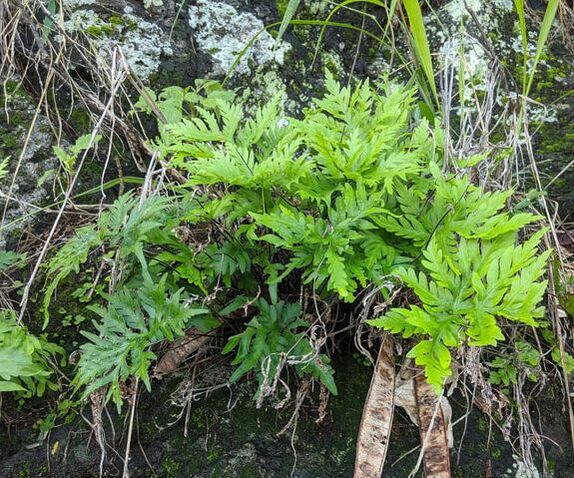I am interested in understanding the genomic processes underlying phenotypic convergence and the macroevolutionary process that shape species diversity through space and time. Specifically, I study how plants have adapted to different historic climate scenarios, how geological processes such as mountain uplift impact speciation and extinction, and similar/ different genetic architectures shape convergence plant habits (such as geophytism and climbing). I am particularly interested in the genus Bomarea (Alstroemeriaceae), which has unique underground morphologies and occurs across a broad range of environments in Central and South America. I use statistical models, genetic, genomic, transcriptomic, and morphological data, and species occurrence records, to understand the history of trait evolution in this group. I also develop computational tools to improve accessibility of complex statistical models. See below to learn more about some of my current research projects.
underground morphology & climatic niche evolution in the Lilies
|
Some plants store water and energy in the form of starch in modified organs underground. These organs can allow plants to retreat underground during stressful conditions such as winter, drought, or fire. In this project, I am examining how the evolution of different types of underground storage organs, such as tubers, rhizomes, corms, and bulbs, have allowed plants to adapt to historical climatic conditions. I am also developing a new analysis pipeline to allow for imperfect correspondence in models of correlated trait evolution.
The lilies (order Liliales) is a large and diverse group of plants with various types of underground organs. I am testing how underground storage evolution correlates with climatic niche evolution in this group. Check out my talk at Evolution 2021, and our preprint to learn more! Tribble, Carrie M., et al. "Unearthing modes of climatic adaptation in underground storage organs across Liliales." bioRxiv (2022): 2021-09. |
Bomarea systematics and evolution
|
Bomarea Mirb. (Alstroemeriaceae) is distributed from Northern Chile and Argentina to Mexico but is most diverse in cloud forests of the central and northern Andes. The genus is known for its showy inflorescences and striking variation in inflorescence architecture, primarily climbing habit (with erect species tending to live in higher altitude environments), and its well-developed and varied underground morphology. To untangle the potential drivers of diversification
and biogeographic history in Bomarea, we used a target-capture approach to sequence nuclear loci of 174 accessions of 124 species, including 16 outgroup species from across the family (Alstroemeriaceae). We found that Bomarea originated in the central Andes during the mid-Miocene, then spread north, following the trajectory of major mountain uplift events. Most observed speciation events occurred during the Pleistocene, while global climate cooled and oscillated and the northern Andes achieved their current form. Furthermore, we find that Andean lineages diversified faster than their non-Andean relatives. Check out my talk at Botany 2021 and our recent preprint to learn more! |
Chromosome number evolution and diversification in Carex, a mega-diverse lineage with holocentric chromosomes
|
In a highly collaborative project, I am developing a model of diversification rate estimation and chromosome evolution that incorporates process heterogeneity across the phylogeny. We are using Carex as a model of chromosome evolution and are implementing this model in a large and highly-complete dataset of Carex chromosome numbers and a recent phylogeny.
Check out my Botany 2022 talk to learn more. |
Collaboratively increasing research on geophytic plants with goophy
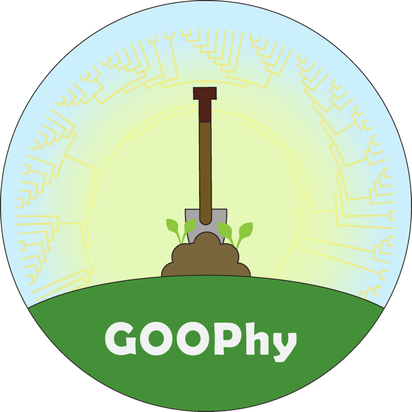
I am part of the Geophytic Organisms, Ontology and Phylogeny (GOOPhy) working group. We collaborate on projects to advance research on geophytic organisms. Recently, we have advocated for the increased use of ontologies in botanical research and reviewed the (mis)use of terminology and the evolutionary development of geophytic organisms.
Cody Coyotee Howard, Carrie M. Tribble, Jesús Martínez-Gómez, Emily B. Sessa, Chelsea D. Specht, and Nico Cellinese. "1, 2, 3, GO! Venture beyond gene ontologies in plant evolutionary research." American Journal of Botany (2021). https://doi.org/10.1002/ajb2.1622
Carrie M. Tribble, Cody Coyotee Howard, Jesús Martínez-Gómez, Emily B. Sessa, Chelsea D. Specht, and Nico Cellinese. "Get the shovel: Morphological and evolutionary complexities of belowground organs in geophytes." American Journal of Botany (2021). https://doi.org/10.1002/ajb2.1623
Cody Coyotee Howard, Carrie M. Tribble, Jesús Martínez-Gómez, Emily B. Sessa, Chelsea D. Specht, and Nico Cellinese. "1, 2, 3, GO! Venture beyond gene ontologies in plant evolutionary research." American Journal of Botany (2021). https://doi.org/10.1002/ajb2.1622
Carrie M. Tribble, Cody Coyotee Howard, Jesús Martínez-Gómez, Emily B. Sessa, Chelsea D. Specht, and Nico Cellinese. "Get the shovel: Morphological and evolutionary complexities of belowground organs in geophytes." American Journal of Botany (2021). https://doi.org/10.1002/ajb2.1623
Development and gene expression in Root tubers of Bomarea
|
Developing root tubers on a Bomarea multiflora seedling
|
Many plants form root tubers to store starch, water, and other nutrients. However, the genetics and development of root tubers has yet to be addressed in a monocotyledonous plant such as my study system Bomarea. We compared the transcriptomes of tuberous and non-tuberous roots of Bomarea multiflora to identify what genes underly the formation of these fascinating storage organs. Check out the manuscript, available from Evolution & Development:
Tribble, Carrie M., Martínez-Gómez, J., Alzate-Guarín, F., Rothfels, C. J., and Specht, C. D.(2021). Comparative transcriptomics of a monocotyledonous geophyte reveals shared molecular mechanisms of underground storage organ formation. Evolution & Development, page e12369. |
Revgadgets: Visualizing Revbayes analyses using R
|
RevBayes has opened doors to performing previously impossible statistical phylogenetic analyses, but the command-line interface and non-standard data outputs makes understanding and visualizing model outputs challenging. Together with other members of the RevBayes development team, we are developing an R package to visualize and summarize RevBayes outputs. For more information, check out our GitHub page and our article, now available in early view from Methods in Ecology and Evolution. For tips on using RevGadgets, start with the introductory tutorial.
Tribble, C. M., Freyman, W. A., Landis, M. J., Lim, J. Y., Barido-Sottani, J., Kopperud, B. T., Hӧhna, S., & May, M. R. (2021). RevGadgets: An R package for visualizing Bayesian phylogenetic analyses from RevBayes. Methods in Ecology and Evolution, 00, 1– 10. https://doi.org/10.1111/2041-210X.13750 |
hawaiian Doryopteris systematics and biogeography
|
Dry-adapted ferns in the Cheilanthoideae subfamily of Pteridaceae are relatively common elements of desert and arid habitats around the world. In Hawai'i, the only cheilanthoids are four endemic species of Doryopteris: two widespread throughout the islands and two narrow endemics only known from a few populations each. We are investigating the relationships between these species in the larger context of the genus. Did all Hawaiian species evolve from a single colonization event? Do species hybridize? How are the narrow endemics related to the more widespread endemics? We are using two molecular datasets to address these questions: a hyb-seq derived dataset using the GoFlag probs and a smaller set of single-copy nuclear markers sequenced with PacBio.
|
